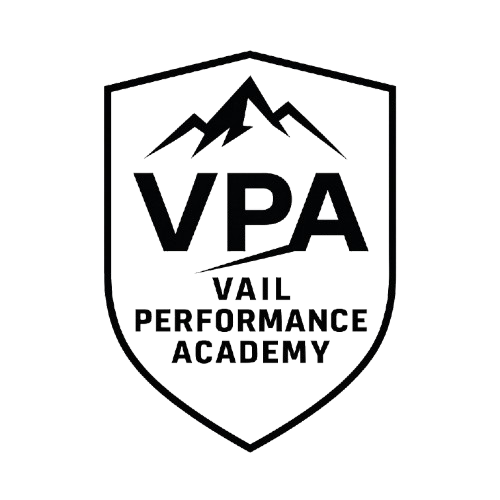Education Reimagined: The Rise of Non-Traditional Schools
5 minute read
For decades, the traditional public school system has been the bedrock of American education. But for many families, that foundation is cracking. Overcrowded classrooms, one-size-fits-all lesson plans, and an intense focus on standardized testing have left many students feeling disengaged and unprepared for the challenges of the modern world. If you’re a parent who feels frustrated with the current system, or a student who feels uninspired, you are not alone.
The good news is that a better way is emerging. Innovative educational models, like non-traditional schools, are offering a transformative alternative. These small, community-focused environments are putting the joy and purpose back into learning. This article will explore the limitations of traditional schooling and show how schools like Vail Performance Academy are creating a brighter, more personalized future for students.
The Limits of Traditional Education
The public school model was born in the industrial age, designed to prepare students for a world of factories and uniform tasks. Classrooms arranged in neat rows and standardized curricula served a purpose then, but that world no longer exists. Today, we need innovators, critical thinkers, and collaborators—skills that the traditional system often struggles to foster.
One of the most pressing issues is widespread disengagement. When learning is reduced to memorizing facts for a test, students lose their natural curiosity. A recent Gallup poll found that engagement drops sharply as students move through school, with only a third of high school juniors reporting they feel engaged. This lack of connection leads to boredom, apathy, and the sense that school is something to be endured, not enjoyed.
Teachers, too, are overburdened. Large class sizes and rigid curricula make it nearly impossible to give individualized attention. Many passionate educators find themselves bogged down by administrative tasks and the pressure to “teach to the test,” leaving little room to inspire true creativity or foster a genuine love of learning.
Perhaps the most telling failure is the gap in real-world skills. Many graduates leave school unprepared for college or the workforce. They may have mastered facts and formulas, but they struggle with critical thinking, problem-solving, and collaboration. In a world that demands adaptability and innovation, this is a serious shortfall.
A Better Path Forward: Non-Traditional Education
In response to these challenges, a powerful movement is gaining momentum: non-traditional education. From community-based academies to flexible learning models, these schools are reimagining what education can be. By breaking free from the rigid structures of the past, they create learning environments that are student-centered, curiosity-driven, and deeply connected to the world around them.
At the heart of this model is personalized learning. Students are encouraged to pursue their passions—whether they are competitive athletes, aspiring artists, or budding engineers—while still achieving academic excellence. The flexible structure allows them to explore their interests in meaningful ways, boosting engagement and helping them discover their purpose.
Non-traditional schools also emphasize real-world problem solving. Projects often revolve around tackling genuine challenges in local communities and beyond. This approach transforms education from a passive experience into an active, purpose-filled journey, teaching students how to think critically, collaborate effectively, and see the real impact of their work.
The Vail Performance Academy Vision
Vail Performance Academy was founded on the belief that every student deserves an education that inspires them. Our nonprofit school, based in Avon, Colorado, is designed for students who are ready to take control of their learning and make a difference. We serve high-level student-athletes as well as any student who desires a more engaging, purposeful educational experience.
Our mission is guided by three core principles. We teach students to think critically, moving beyond memorization to help them question, analyze, and solve complex problems. We inspire a lifelong love of learning, showing students that education can be joyful, meaningful, and connected to their passions. And we teach students to help others, integrating service projects and teamwork into the curriculum so that empathy and responsibility become part of who they are.
How Vail Performance Academy Works
Our model combines academic rigor with flexibility. With a student body of about 20 in our first year, we can provide the personal attention missing in larger schools. Our quarter system allows students—especially winter athletes—to take time off during competition seasons without falling behind. Families can also choose summer learning to fit their schedules.
We offer both in-person and virtual programs. Our Avon campus provides a collaborative environment for local students, while our virtual program extends access to students across the country. A defining feature of our approach is that 40% of student work is dedicated to solving real-world challenges. These projects aren’t add-ons; they are central to our curriculum. By tackling authentic problems, students graduate not only with knowledge but with the wisdom to apply it.
Your Invitation to a Better Future
The limitations of the traditional school system are clear, but so is the path forward. Non-traditional schools like Vail Performance Academy are proving that education can be both academically challenging and deeply personal. It’s time to move toward a model that sees every child as unique, curious, and capable of greatness.
We invite you to join us in creating a future where students don’t just get through school—they flourish. If you’re ready for an education that inspires critical thinking, fosters a love of learning, and empowers students to make a real-world impact, we encourage you to learn more about Vail Performance Academy.

